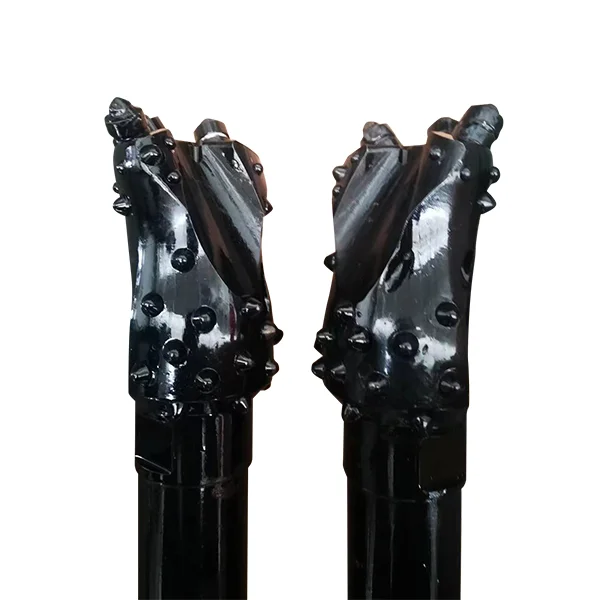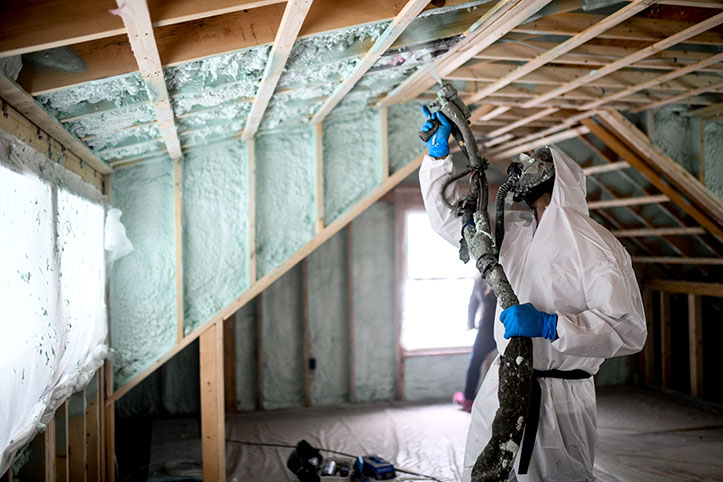Fire safety is a critical concern in various industries, and the use of fire foam has become increasingly popular as a fire suppression agent. However, there is a lingering question that needs to be addressed: Is fire foam truly fireproof? In this blog post, we will delve into the intricacies of fire foam, its composition, and its effectiveness in combating fires. By exploring the science behind fire foam and its real-world applications, we aim to provide you with a comprehensive understanding of its fireproof capabilities.
- Understanding Fire Foam:
Fire foam, also known as firefighting foam or fire suppression foam, is a specially formulated substance designed to extinguish and prevent the spread of fires. It is composed of a combination of water, foam concentrate, and various additives. The foam concentrate contains surfactants that lower the surface tension of water, allowing it to spread more effectively and create a blanket-like barrier over the fire. - The Mechanism of Fire Foam:
When fire foam is applied to a fire, it undergoes a series of chemical reactions that enhance its fire suppression capabilities. The foam expands rapidly, forming a thick layer that covers the burning material, cutting off the oxygen supply and preventing the release of flammable vapors. This suffocating effect helps to extinguish the fire and prevent re-ignition. - Fire Foam and Fire Resistance:
While fire foam is highly effective in suppressing fires, it is important to note that it is not inherently fireproof. Fire foam acts as a barrier between the fire and the surrounding environment, reducing the fire's intensity and preventing its spread. However, in extreme cases of intense heat or prolonged exposure, fire foam may eventually break down or evaporate, potentially allowing the fire to reignite. - Real-World Applications:
Fire foam finds extensive use in a wide range of industries, including oil refineries, chemical plants, airports, and even residential buildings. Its ability to rapidly suppress fires and prevent re-ignition makes it an invaluable tool in firefighting. However, it is crucial to follow proper application techniques and adhere to industry standards to ensure optimal fire suppression results. - The Importance of Regular Maintenance:
To maximize the effectiveness of fire foam systems, regular maintenance and inspection are essential. Over time, foam concentrate can degrade, and equipment may become faulty, compromising the fire suppression capabilities. Regular testing, maintenance, and replacement of foam concentrate are necessary to ensure that the fire foam system remains reliable and effective.
Conclusion:
In conclusion, fire foam is a highly effective fire suppression agent that plays a crucial role in safeguarding lives and property. While it is not inherently fireproof, its ability to rapidly suppress fires and prevent re-ignition makes it an invaluable tool in firefighting. By understanding the science behind fire foam and its real-world applications, we can utilize this technology to enhance fire safety measures and protect against the devastating effects of fires.










+ There are no comments
Add yours